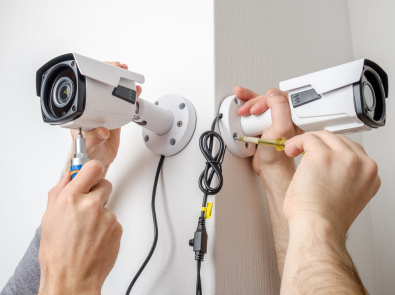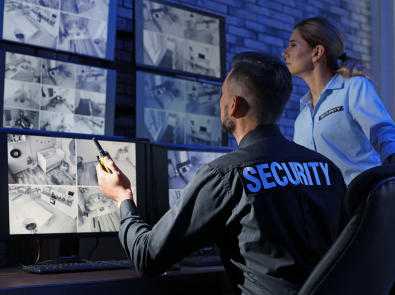In an era where security is of paramount importance, CCTV cameras have become indispensable tools for safeguarding homes, businesses, and public spaces. This comprehensive guide explores the world of CCTV cameras, covering installation tips, different types of cameras, and their benefits. Let’s delve into the essentials of securing your space with cutting-edge surveillance technology.
Understanding CCTV Cameras:
1. Types of CCTV Cameras:
Dome Cameras:
- Discreet and aesthetically pleasing.
- Ideal for indoor surveillance.
- Pan, tilt, and zoom capabilities for comprehensive coverage
Bullet Cameras:
- Sleek and conspicuous design.
- Perfect for outdoor use due to weather-resistant housing.
- Long-range visibility for monitoring expansive areas.
PTZ Cameras (Pan-Tilt-Zoom):
- Highly flexible with the ability to pan, tilt, and zoom.
- Suitable for monitoring large spaces with a single camera.
- Remote control for dynamic surveillance.
Wireless Cameras:
- Easy to install without the need for extensive wiring.
- Suitable for both indoor and outdoor use.
- Remote monitoring through a smartphone or computer.
IP Cameras:
- Digital cameras that transmit data over the internet.
- High-resolution images and advanced features like motion detection.
- Can be integrated into existing networks for seamless connectivity.
2. Installation Tips:
Placement:
- Strategically place cameras to cover entry points and vulnerable areas.
- Consider the field of view and camera angles for optimal coverage.
Power Source:
- Ensure a stable power source for continuous surveillance.
- Consider battery-operated or solar-powered options for remote locations.
Connectivity:
- Choose wired or wireless cameras based on your preference and infrastructure.
- Opt for high-quality cables and ensure secure connections.
Weather Protection:
- Use weather-resistant cameras for outdoor installations.
- Employ housing or enclosures to protect cameras from harsh elements.
Testing and Maintenance:
- Test cameras after installation to ensure proper functioning.
- Establish a regular maintenance schedule for cleaning and checking connections.
Benefits of CCTV Surveillance:
Deterrence of Criminal Activity:
- Visible cameras act as a deterrent, discouraging criminal activities.
- Criminals are less likely to target spaces with visible surveillance.
Evidence Collection:
- Recorded footage serves as crucial evidence in the event of a security breach.
- Aid law enforcement in investigations and prosecution.
Remote Monitoring:
- Monitor your space in real-time from anywhere using smartphones or computers.
- Receive alerts for suspicious activities, enhancing proactive security measures.
Conclusion:
Investing in CCTV cameras is a proactive step towards enhancing security. By understanding the types of cameras available and following proper installation guidelines, you can create a robust surveillance system tailored to your specific needs. Whether safeguarding your home or business, the benefits of CCTV surveillance extend beyond mere monitoring, providing peace of mind and a sense of control over your space.
Remember, the key to effective surveillance is a well-thought-out plan, quality equipment, and regular maintenance. Stay vigilant, stay secure.






